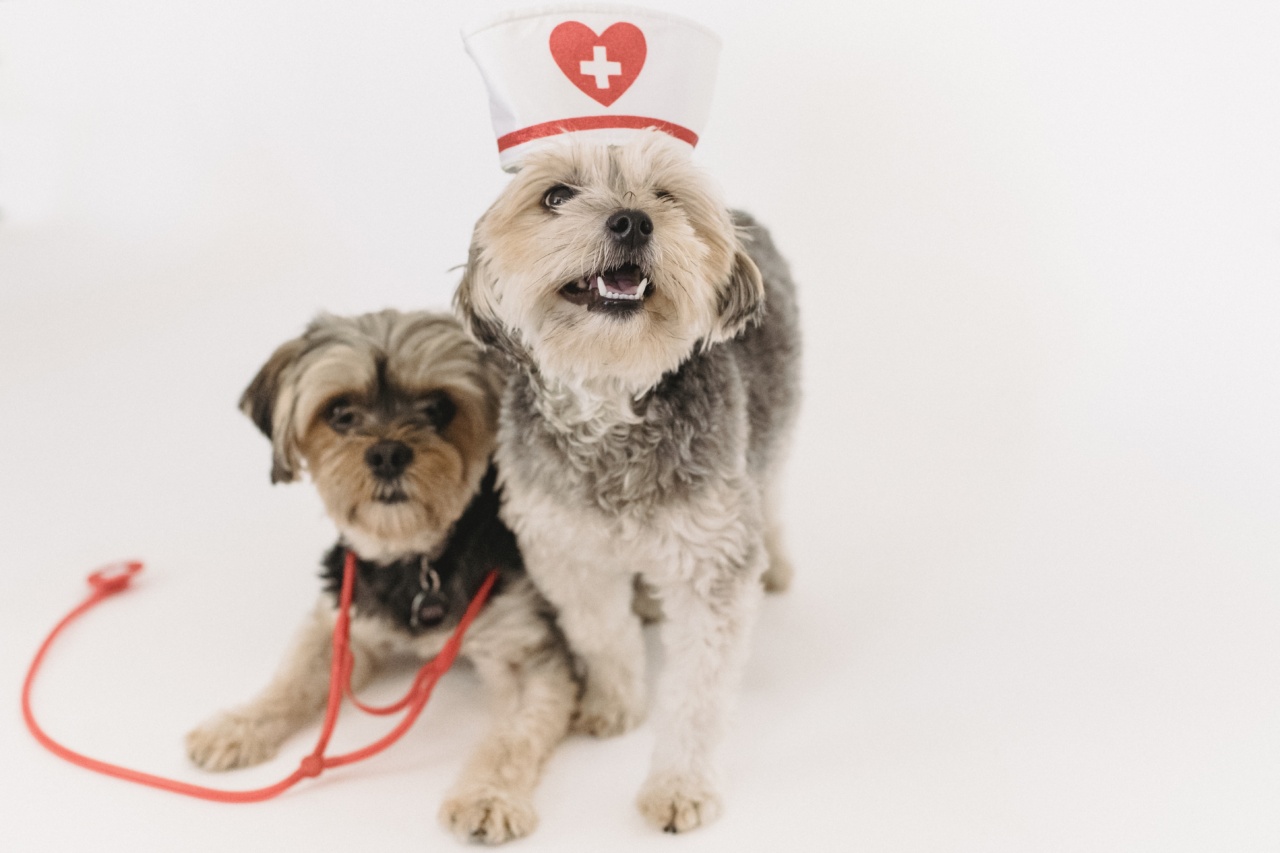Dogs, like humans, experience a range of emotions that can impact their behaviour. One such emotion is insecurity, which can manifest in a variety of ways.
The causes of insecurity in dogs are complex, and understanding them is essential for caregivers to provide their furry friends with the support they need. This article delves into the psychology of dog insecurity to explore its causes, symptoms, and potential treatment options.
Causes of Dog Insecurity
Dog insecurity can stem from a variety of factors, including genetics, experiences, and environmental factors. Below are some of the most common causes of dog insecurity:.
Genetics
Just like humans, dogs can have a genetic predisposition towards certain personality traits. Some breeds are more predisposed to anxiety and insecurity than others.
For example, many small dog breeds are known for being anxious and insecure due to their nervous disposition. Understanding the breed of your dog can be helpful in identifying any vulnerabilities to anxiety.
Early Experiences
The first few months of a dog’s life are critical to its future behaviour.
Puppies require plenty of socialisation to develop healthy relationship skills and confidence – a lack of socialisation at a young age may result in a dog being shy, fearful or insecure when entering new environments or meeting new people. Similarly, traumatic experiences such as abuse, abandonment, or mistreatment could lead to insecurity towards certain people or environments.
Environmental Factors
The environment in which a dog is raised can also impact its sense of security. Dogs can become insecure in loud, chaotic or unfamiliar situations.
Similarly, other dogs or animals in the home or neighbourhood, as well as living situations that are constantly changing, can contribute to a dog’s insecurity.
Symptoms of Dog Insecurity
Symptoms of dog insecurity may vary from physical signs to changes in behaviour. Here are some of the most commonly observed signs of dog insecurity:.
Fearfulness and Avoidance
An insecure dog might try to avoid new people, pets, or locations due to fear. This behaviour might manifest in subtle ways, such as standing behind their owner and avoiding eye contact, or more severe ways, such as growling or hiding behind furniture.
Aggression and Destructive Behaviour
Some dogs will respond to their insecurities with aggression or destructive behaviour. They may bark or growl at strangers, develop a tendency to bite or chew on objects in the home or act out with other dogs.
Physical Symptoms of Stress
Dog insecurity may also manifest itself in physical symptoms, such as excessive panting, trembling, drooling, or yawning. Dogs can also become more restless or have difficulty sleeping.
These symptoms are similar to human adrenalin responses in high-stress situations, and owners should be aware of these signs if they suspect their dog feels tense or anxious.
Treating Dog Insecurity
The treatment of dog insecurity will depend on the underlying cause and the severity of the behaviour. Here are some possible treatment options:.
Behaviour Modification
Behaviour modification aims to teach a dog to associate positive experiences with that which made them feel threatened or insecure.
This involves gradually exposing the dog to the trigger and rewarding calm and positive behaviour with positive reinforcement. Over time, this process can help the dog associate the trigger with something positive, thus reducing their anxiety.
Training
Training can also contribute to a dog’s sense of security, as positive reinforcement training techniques can help encourage a dog to feel safe and secure.
Training can often help with behaviour modification as well, as teaching a dog “leave it” when they become uncomfortable or nervous can be particularly useful for reducing anxiety caused by unfamiliar stimuli.
Consulting a Veterinarian
In some cases, medication may be needed to help treat dog anxiety or insecurity. A veterinarian will be able to diagnose behavioural issues and prescribe medication in cases where it’s needed.
In some cases, it might be appropriate to use medication alongside behaviour modification or training to help the dog feel more secure.
Conclusion
Insecurity in dogs is a complex issue, and understanding its causes and symptoms is an important step in helping dogs live happy and healthy lives.
By identifying the root of the issue and addressing it in an appropriate manner with a vet, dog trainer, or behaviorist, it’s possible to help a dog overcome their insecurities and live a fulfilling life.






























